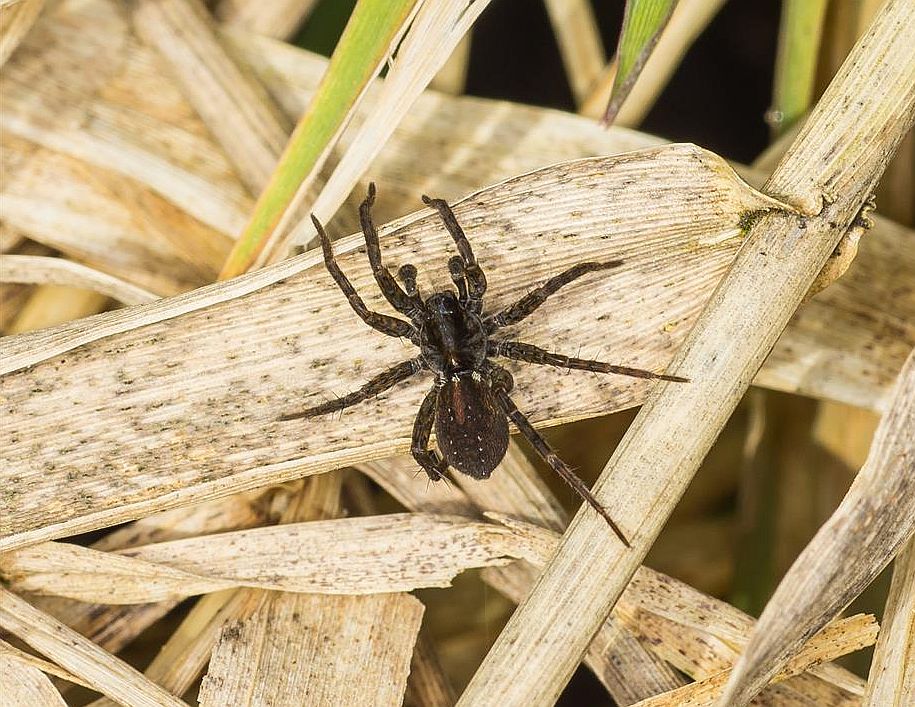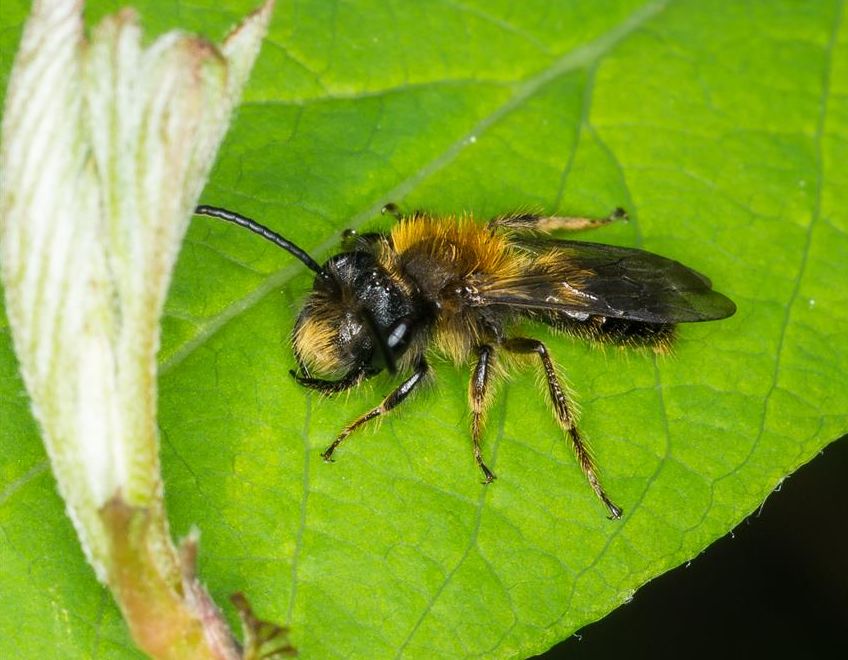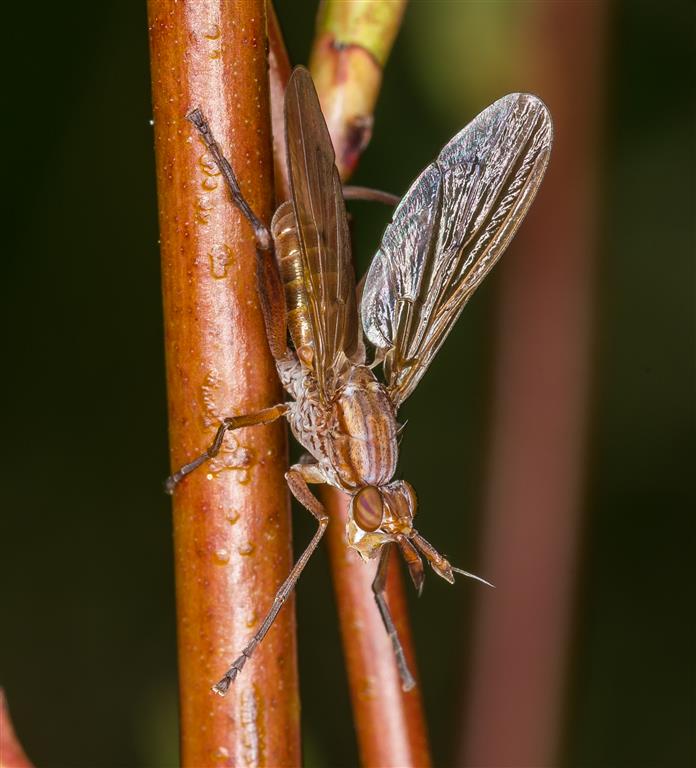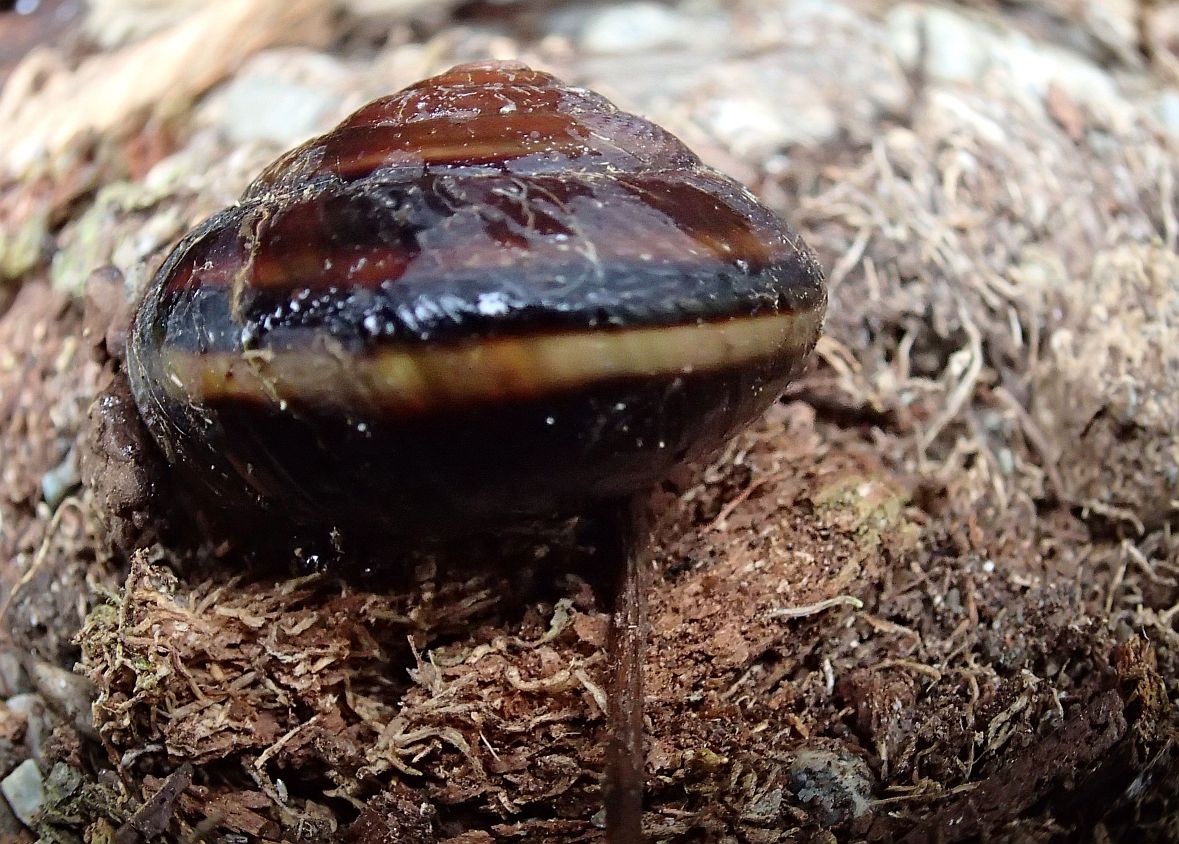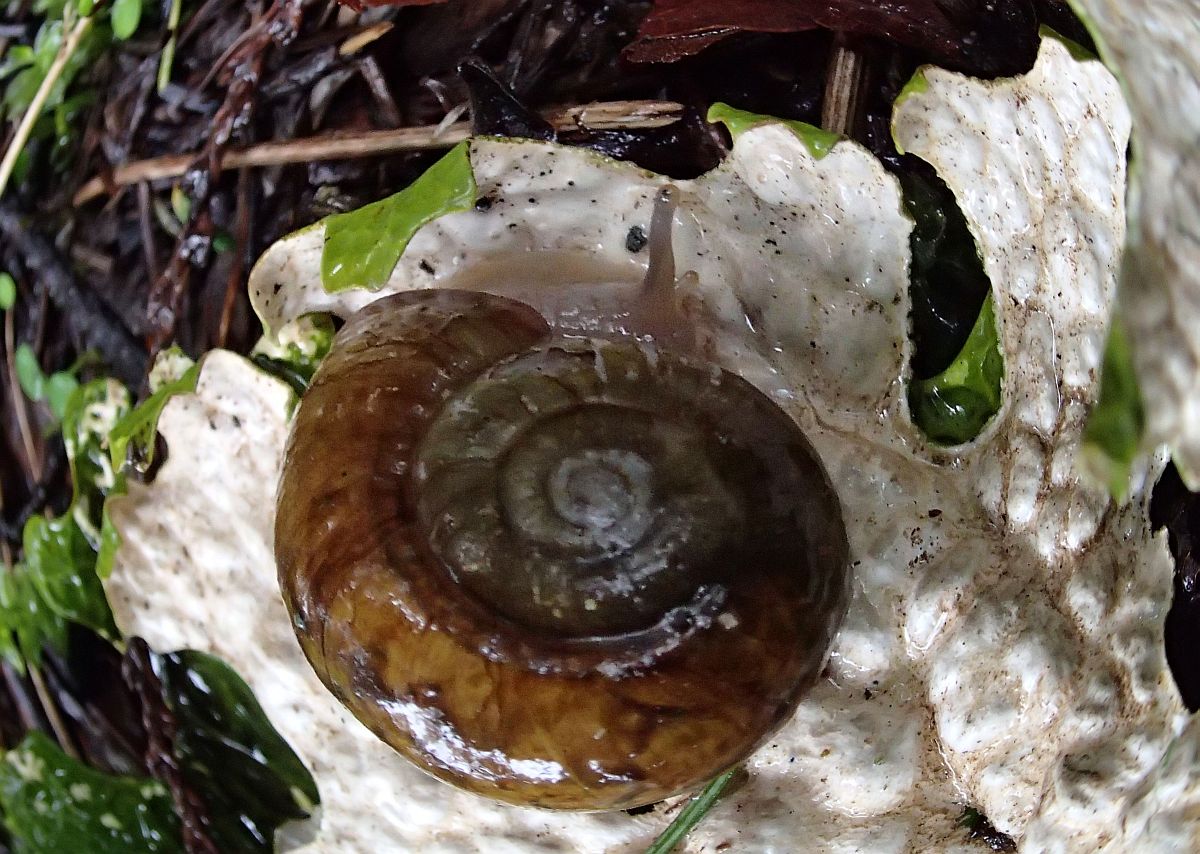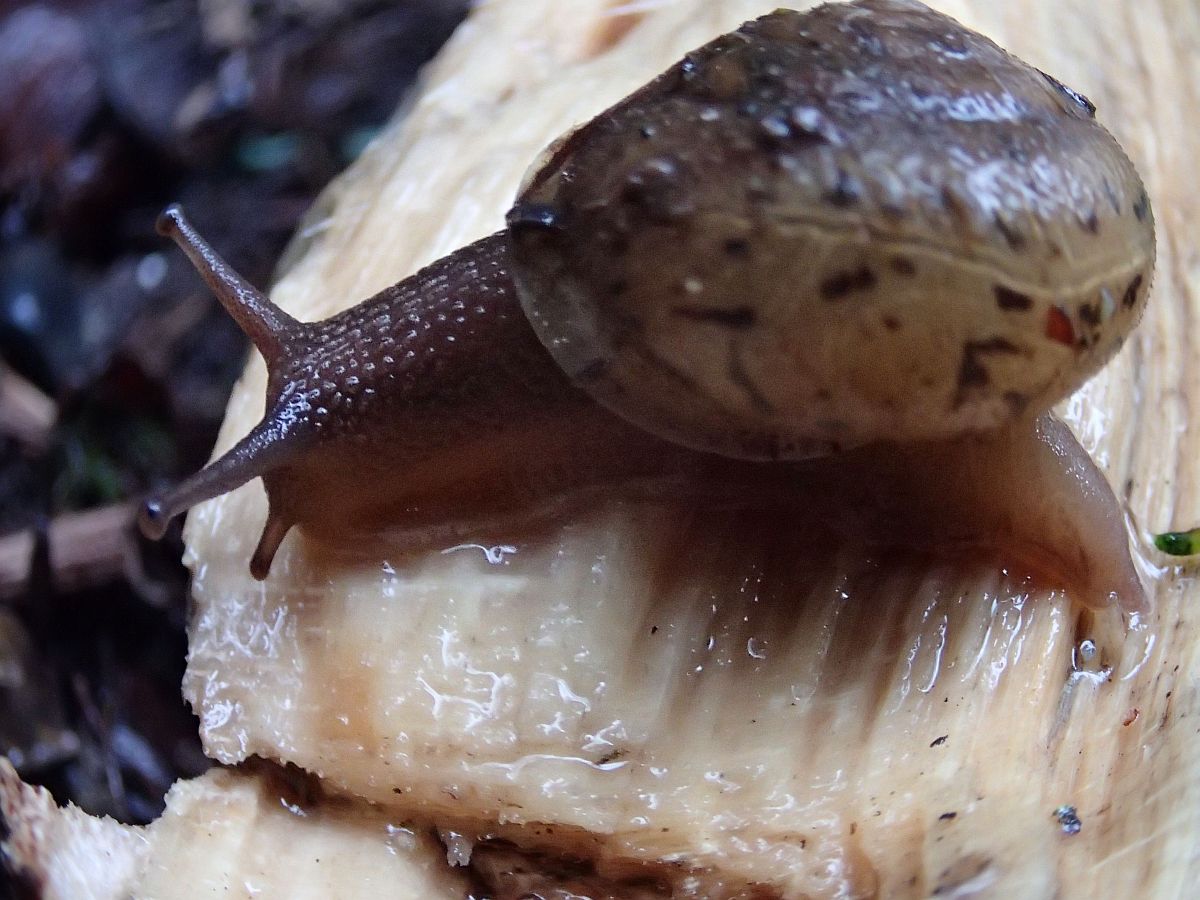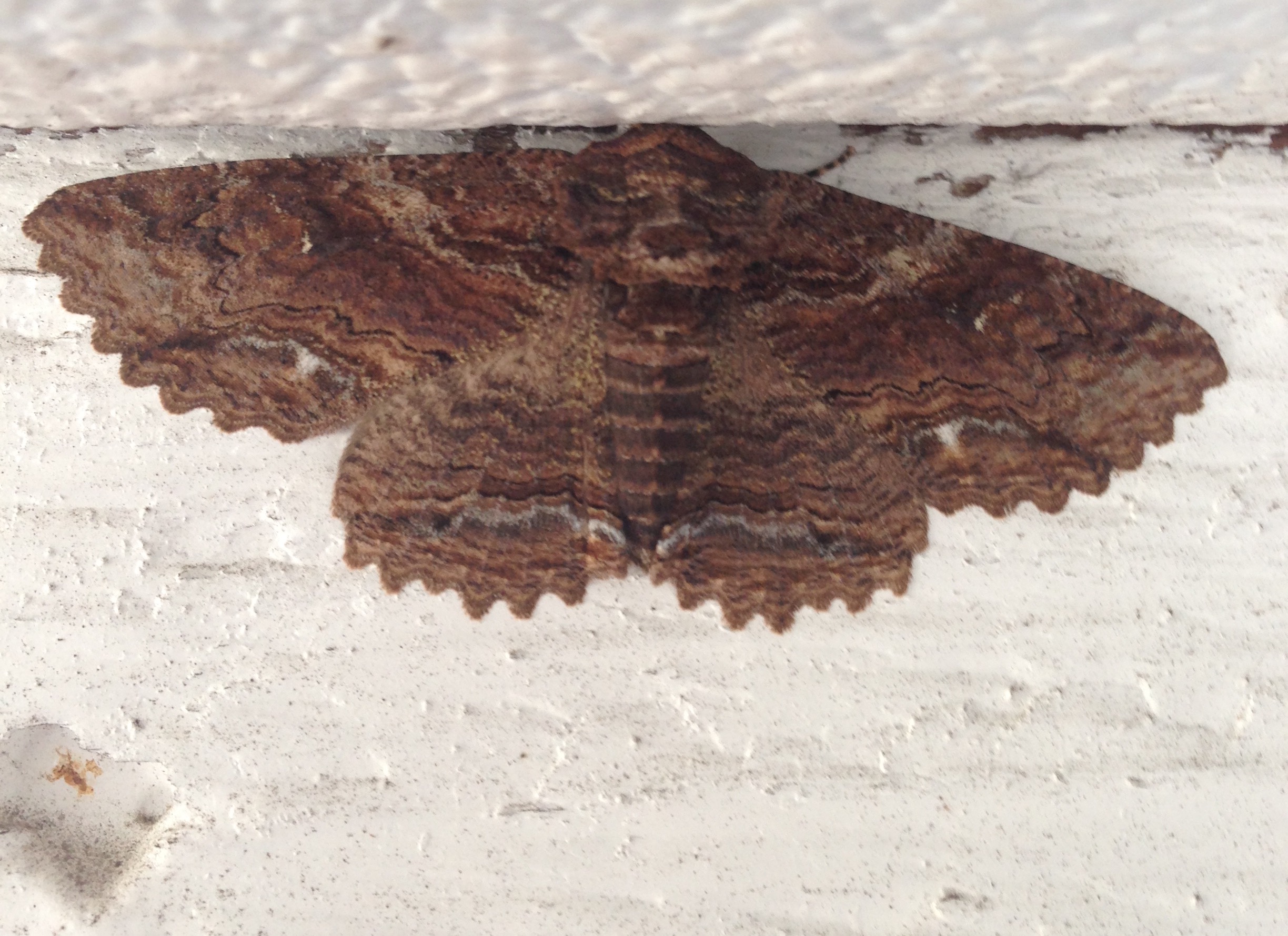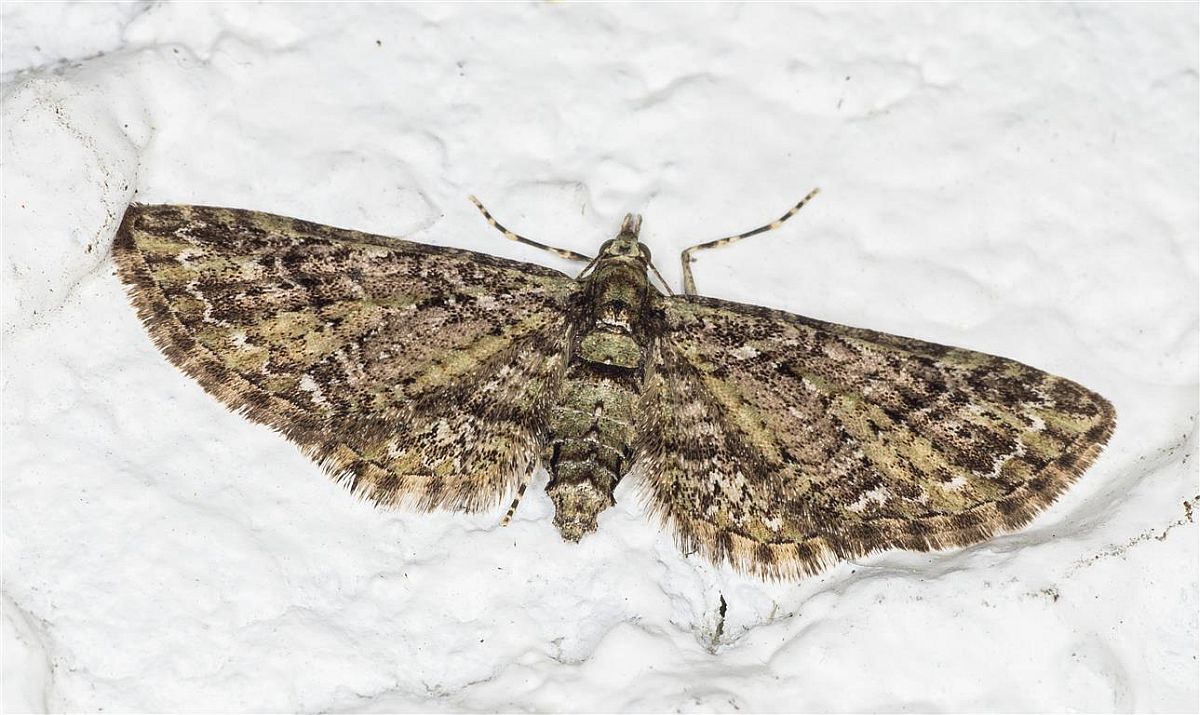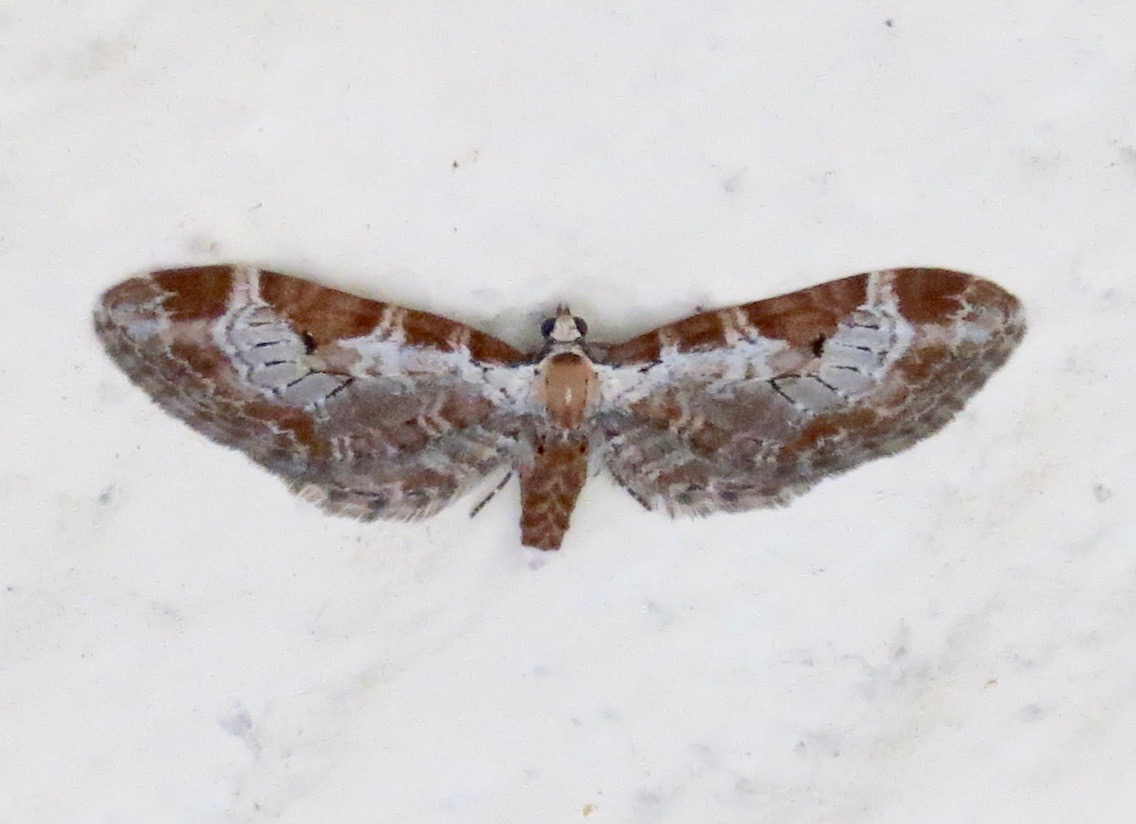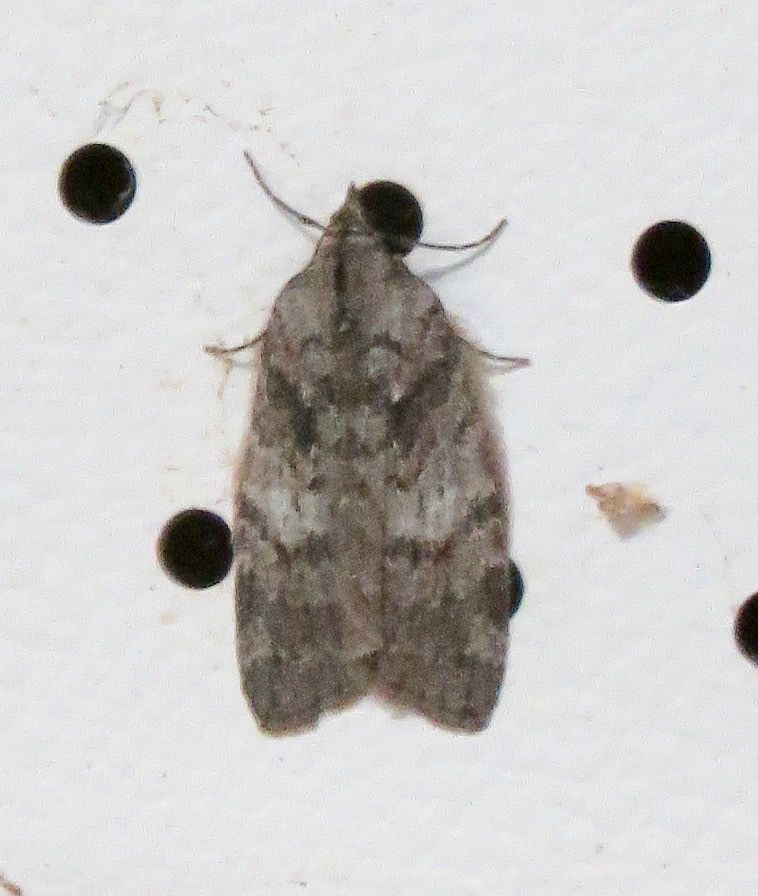2017 April 11
Fly identified. Dr Bill Murphy, Ottawa fly expert, has identified Ken Vaughan’s fly. Scroll down to April 10 to learn the identification!
Jeremy Tatum writes: I went out to Munn Road today, hoping to see some butterflies – perhaps an orangetip or an azure, or I’d even have settled for a Cabbage White. But I didn’t see any butterflies there at all. I did see two (only) Mesoleuca gratulata and two (only) Epirrhoe plebeculata. Others did better than I did:
Devon Parker writes: I found three Moss’s Elfins along the sidewalk on Bear Mountain today. They seemed to be basking in the sun. They were all on the sidewalk starting at Bishops Gate, up Bear Mountain Parkway and before Nicklaus Drive.
And Ron Flower, too, found a Moss’s Elfin today, on the power line off Prospect lake Road.

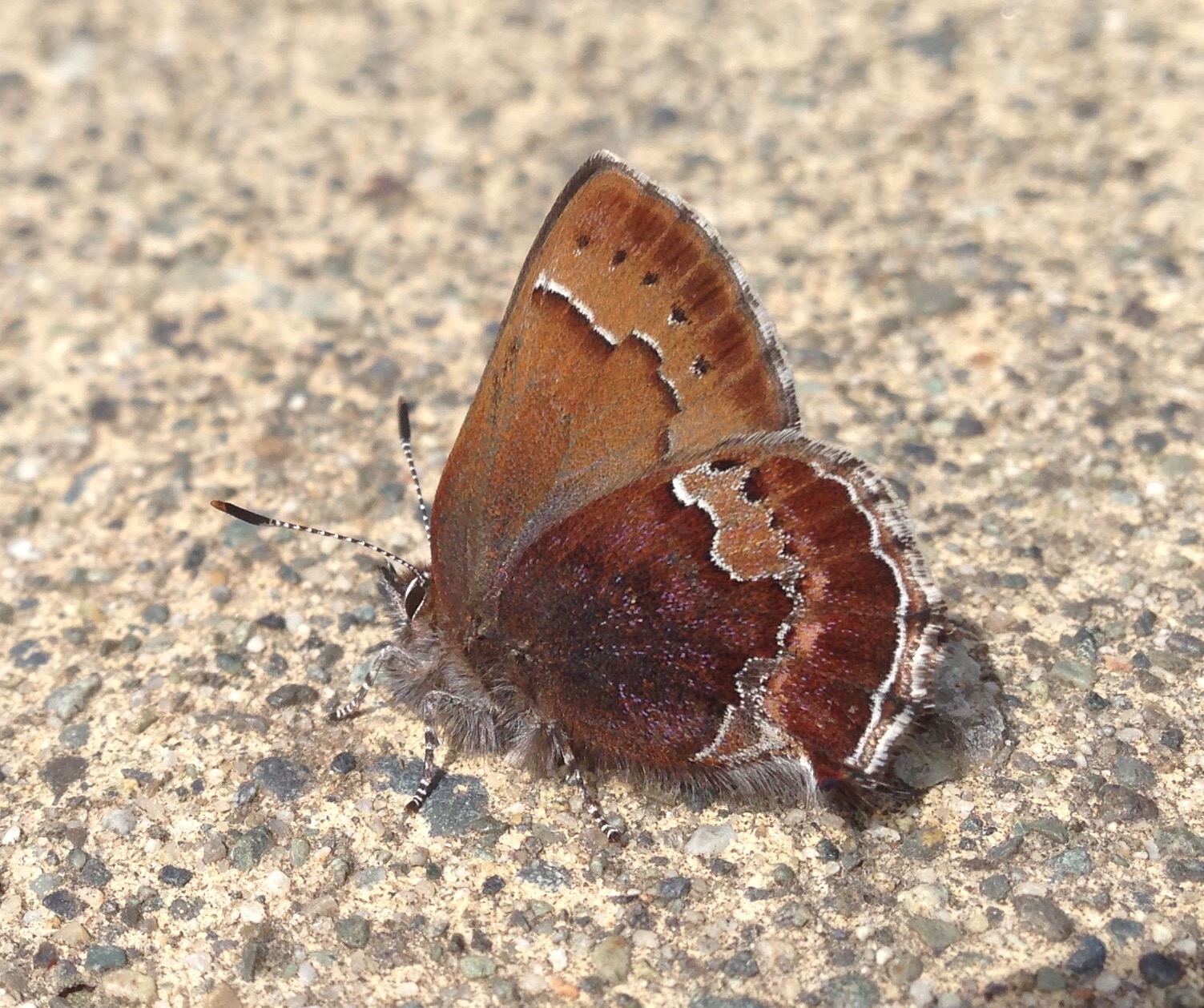
Moss’s Elfin Incisalia mossii (Lep.: Lycaenidae) Devon Parker
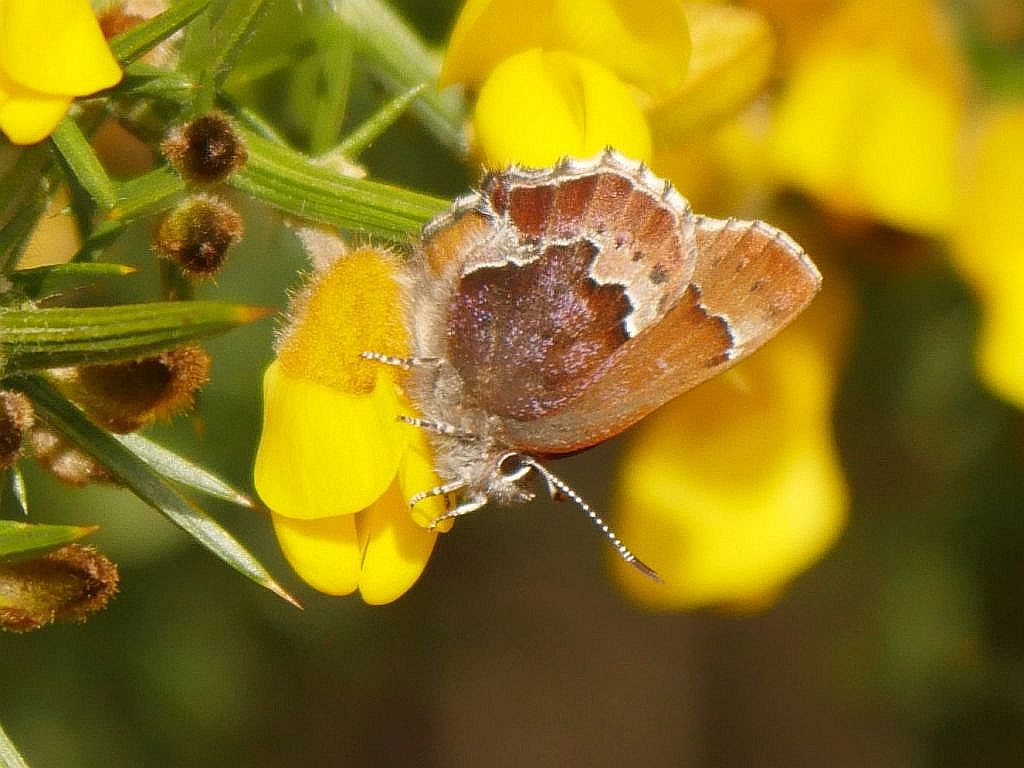

Moss’s Elfin
Incisalia mossii (Lep.: Lycaenidae) Ron Flower
Thomas Barbin writes: Yesterday (April 10) I found a spider crawling on my tripod so I brought it to a more photogenic spot to photograph. I sent the photos to Robb Bennett and he says that it is Sergiolus columbianus.
Yesterday (April 9) I was photographing salamanders at Goldstream Park when I noticed a snail that I don’t believe I’ve seen before.
I also have a photo of a tick that was found crawling on my neck on April 6 that I placed on a cedar branch for some photos. I think that it is a Western Black-legged Tick, but I’m not positive.
Jeremy Tatum writes: Thomas is right – including the “not positive” part. There is a similar eastern species which can’t be ruled out – though it would need to have been brought here from Eastern Canada. Here is the analysis of Janet Sperling from the University of Alberta. (Thank you, Janet).
This is a brilliant photo! It is most likely Ixodes pacificus.
Of course I’d have to see the underside and spiracle to really feel confident that I’ve got the correct species but I’m reasonably certain that it’s Ixodes pacificus if it’s from Victoria. It could be Ixodes scapularis if it’s a sample that came in on a dog or person who had been traveling elsewhere but I’d expect it be better fed if that were the case.
Here’s the couplet to distinguish I. pacificus and I. scapularis from the excellent Handbook to the Ticks of Canada (page 98)
- Dorsal posterior margin of basis capituli with small but definite cornua (Fig. 36A); auriculae formed as small, diagonal bulges laterally (Fig. 36D); scutum nearly circular, widest at mid-level, with puncta larger marginally and posteriorly (Fig. 36A); on large and small mammals, lizards, birds; eastern North America west to Manitoba ………………………………………………………………………………………………. Ixodes scapularis
Dorsal posterior margin of basis capituli with blunt corners instead of cornua (Fig. 34A); auriculae formed as short, diagonal ridges laterally (Fig. 34C); scutum oval, widest slightly anterior to mid-level, with uniformly distributed small puncta (Fig. 34A); on large and small mammals, lizards, birds; western North America ………………………………………………………………………………………………….Ixodes pacificus
Janet
So, writes Jeremy, photographers please note – for mites and ticks, both ventral and dorsal views are needed for certain ID. But please don’t let that deter you from sending dorsal-only photos to Invert Alert!
Jeremy Tatum writes: As we said on April 9, we need someone who can identify snails for us! Do please let us know if you can. jtatum at uvic dot ca
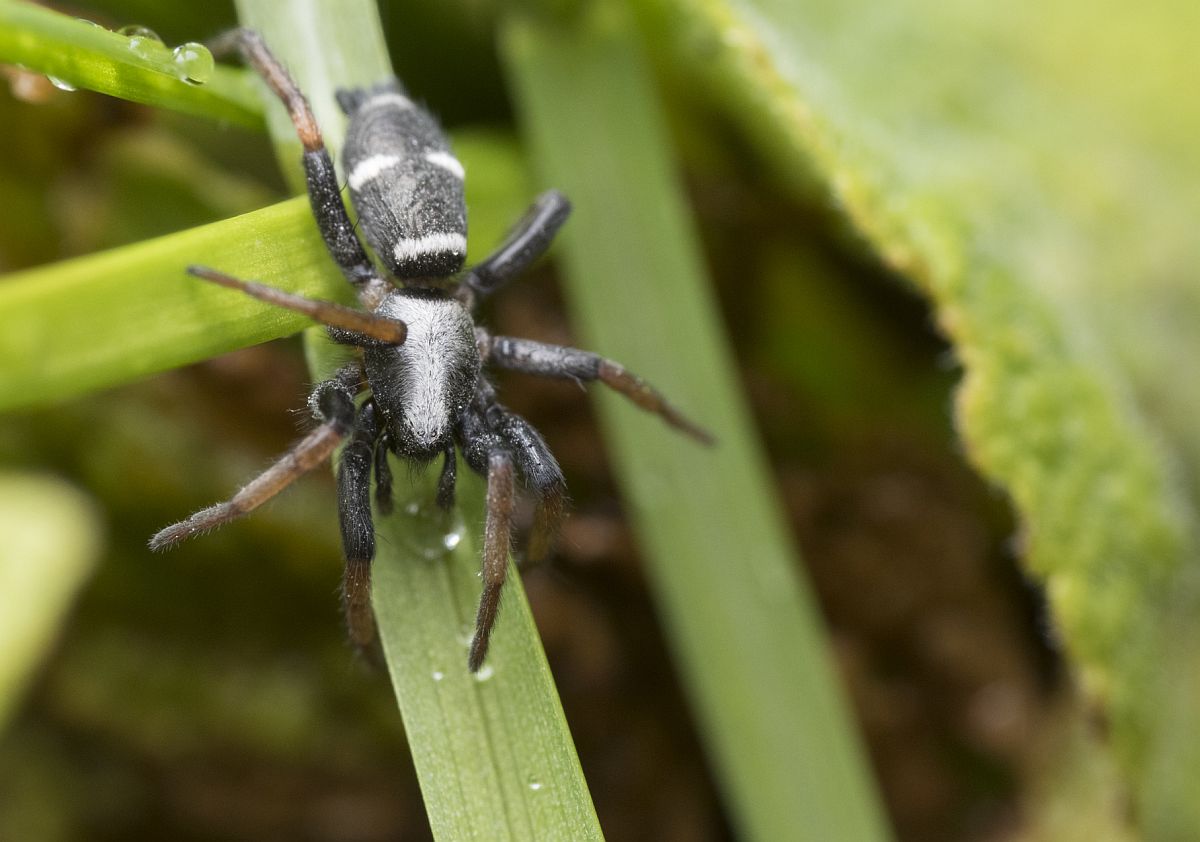
 Sergiolus columbianus
Sergiolus columbianus (Ara.: Gnaphosidae) Thomas Barbin
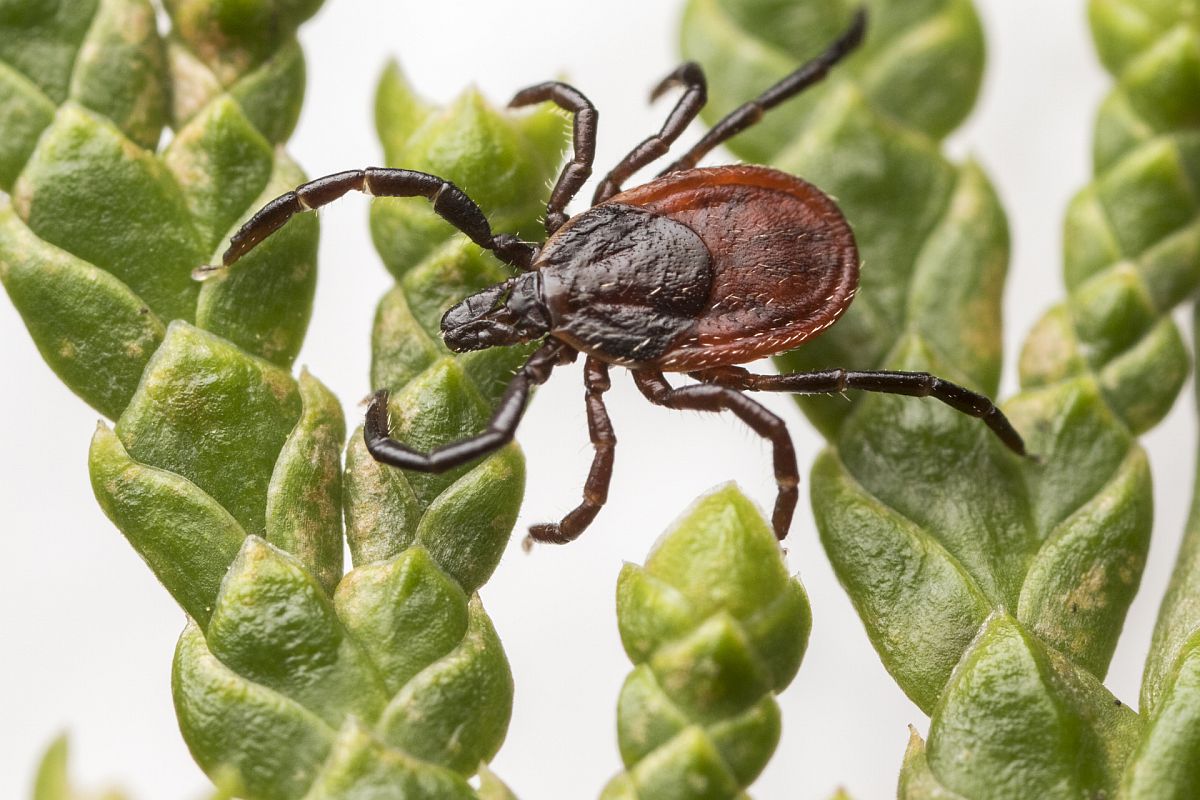

Western Black-legged Tick
Ixodes pacificus (Acari: Ixodidae) Thomas Barbin
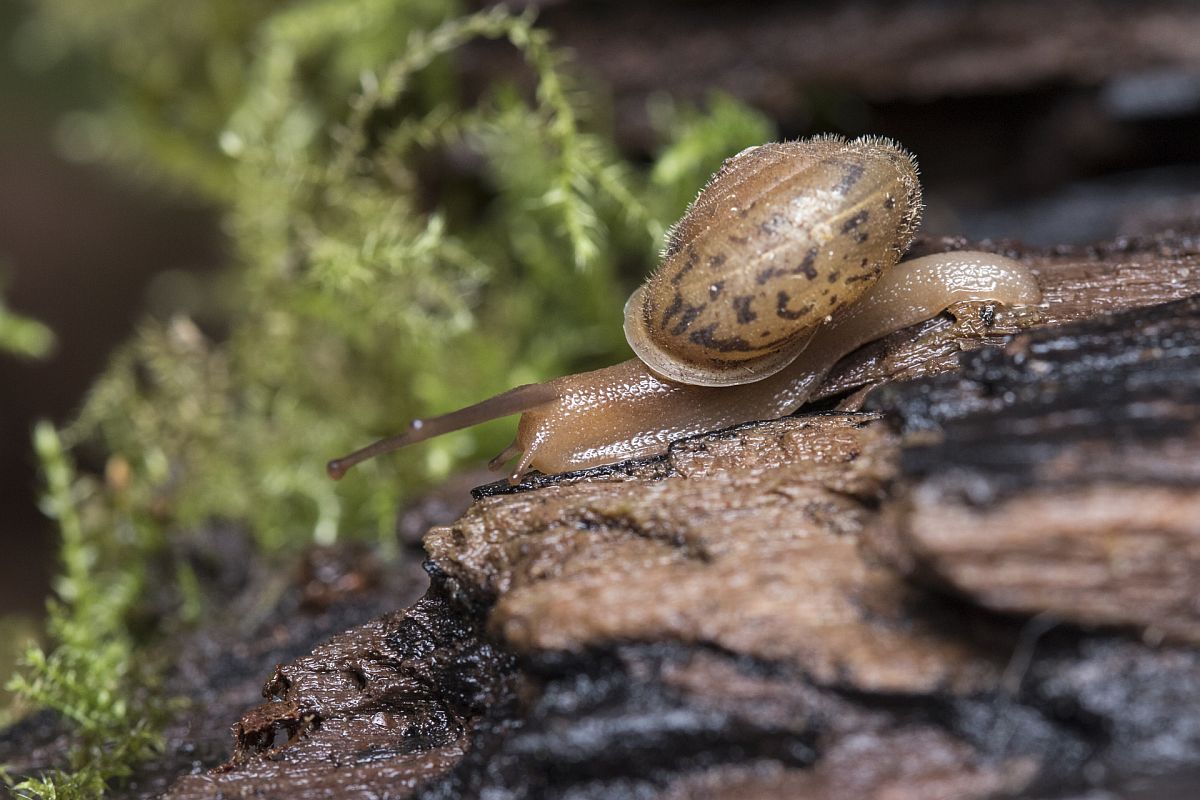

Snail awaiting identification Thomas Barbin

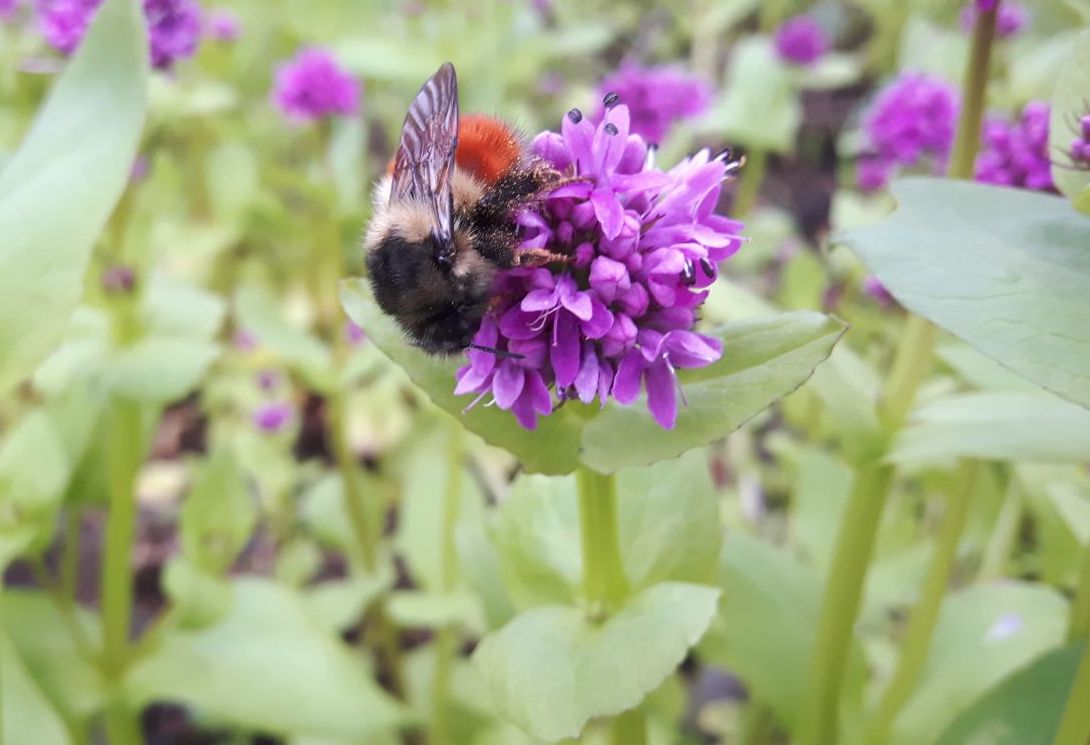
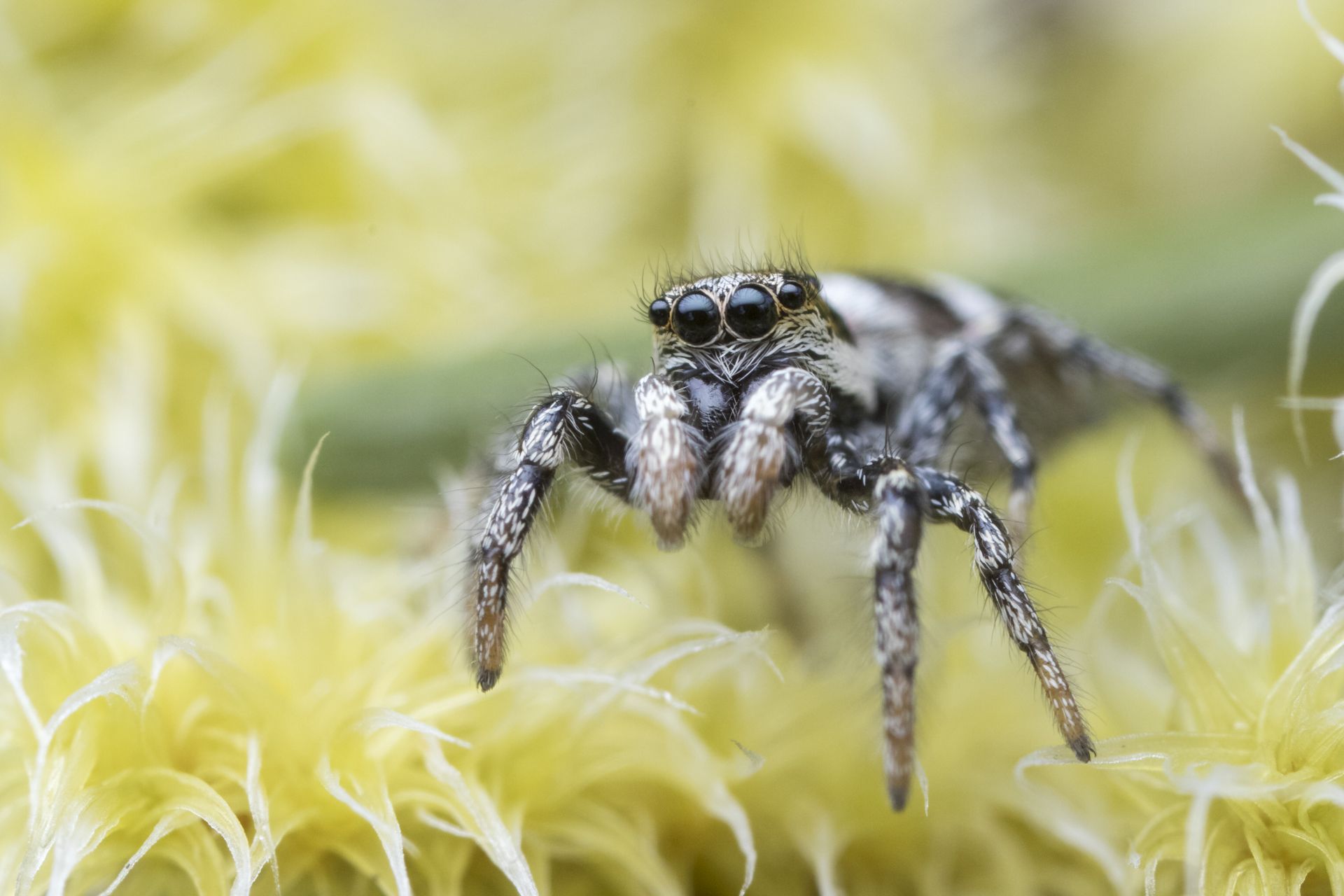
 Salticus scenicus (Ara.: Salticidae) Thomas Barbin
Salticus scenicus (Ara.: Salticidae) Thomas Barbin
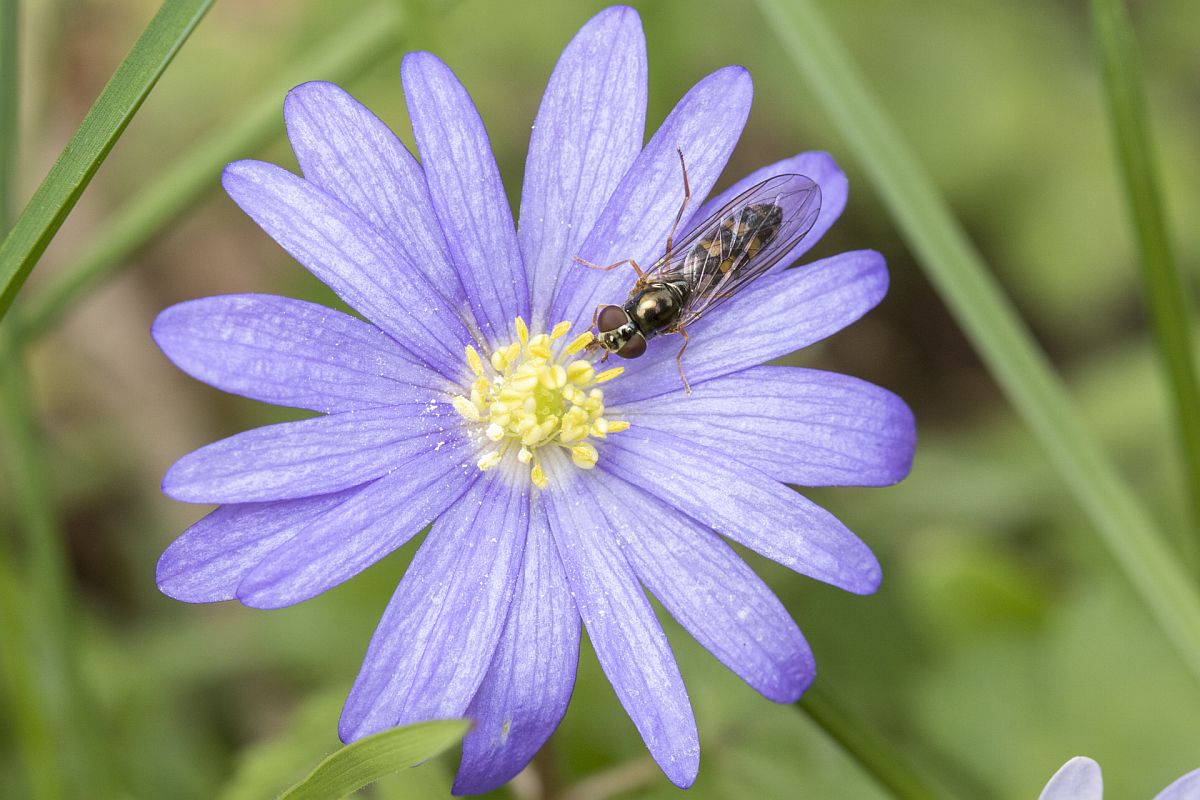




 Sergiolus columbianus (Ara.: Gnaphosidae) Thomas Barbin
Sergiolus columbianus (Ara.: Gnaphosidae) Thomas Barbin
 Western Black-legged Tick Ixodes pacificus (Acari: Ixodidae) Thomas Barbin
Western Black-legged Tick Ixodes pacificus (Acari: Ixodidae) Thomas Barbin

 Snail awaiting identification Thomas Barbin
Snail awaiting identification Thomas Barbin 